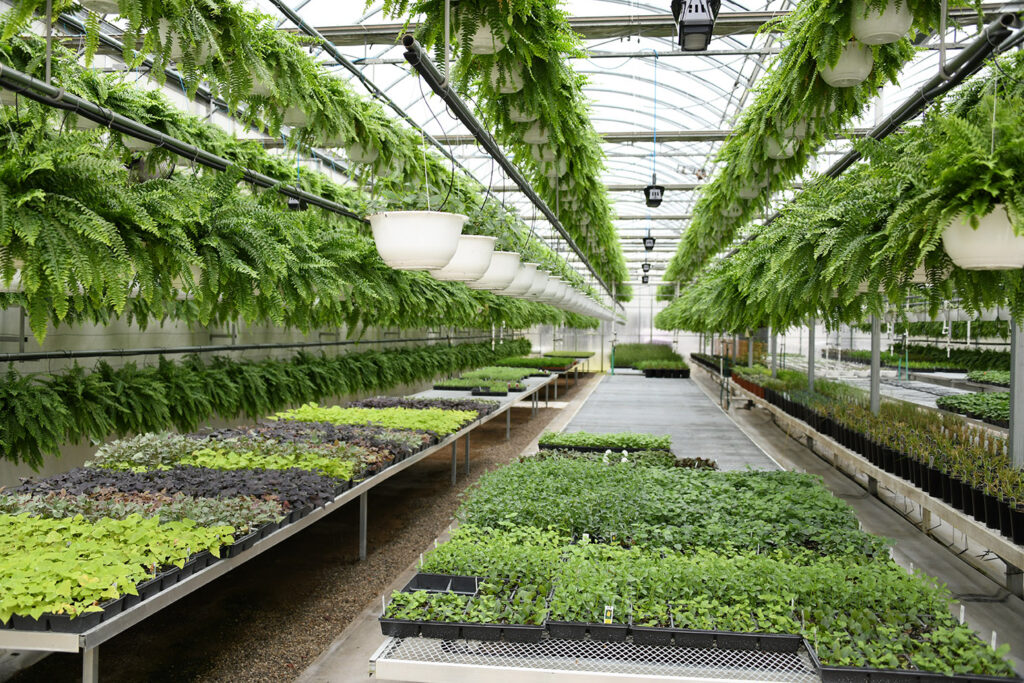What is Pulsed Xenon?
The difference between Pulse Xenon and typical horticultural lighting, such as HPS, Fluorescent and LED lighting is in how the light is produced. Each of the typical lights currently in use in horticultural lighting are phosphorous coated devices. Phosphor coating is a mineral that is ground to fine powder that is excited by UV light which emits the spectrum of visible light. The coatings range from 360nm to about 780nm in the far red. This limits typical horticulture lighting to the visible range.
On the other hand, Xenon is an inert gas, like neon, that provides the full spectrum of light beyond the visible range, mimicking sunlight. Full sunlight begins in the UVB range and goes beyond Far Red into the IR range. Xenon lights have been available for many years as an inexpensive source of full spectrum light. Xenon has been used in photography due to its quality of lighting to provide color balanced photos. The pulse from our Xenon bulb is 4-times brighter than the sun, but only lasts a split second. This allows the plant a rest period to process the light. The light to the plant ranges from 320nm to 2200nm. Since plants utilize full sunlight, including light from the IR range, in the growing process, Pulsed Xenon excites plant growth.
The PXL fixture has been designed to provide energy savings and durability. The pulse comes from the use of a capacitor, which stores the energy then releases a flash approximately 80 times a minute. This feature consumes ONLY 29 watts of energy producing over 36,000 PPF at each flash. This new generation of horticulture light reduces heat gain in greenhouses, lowering energy costs by 50-95% depending on type of fixture used, reduces HVAC costs and lowers water usage.



